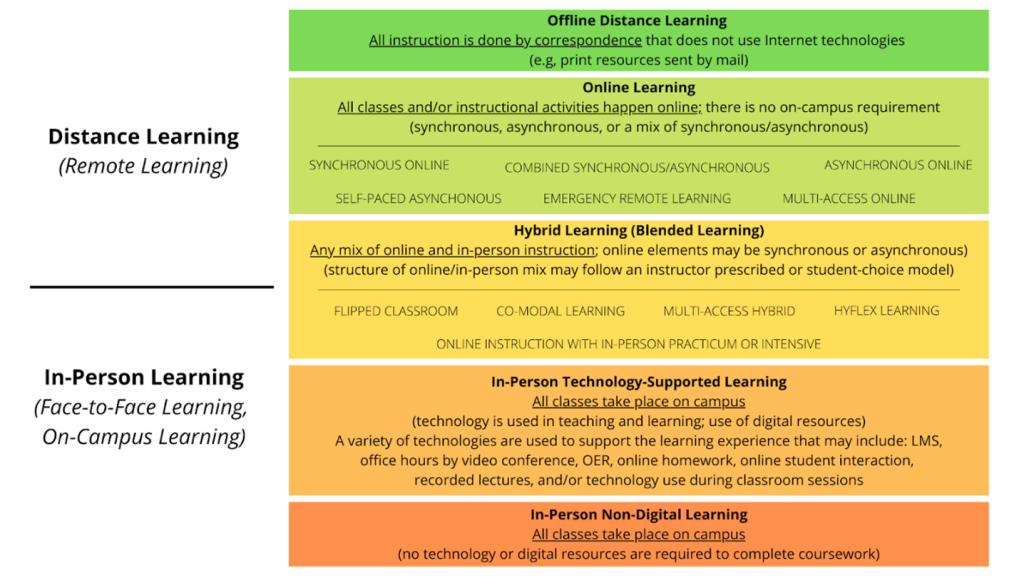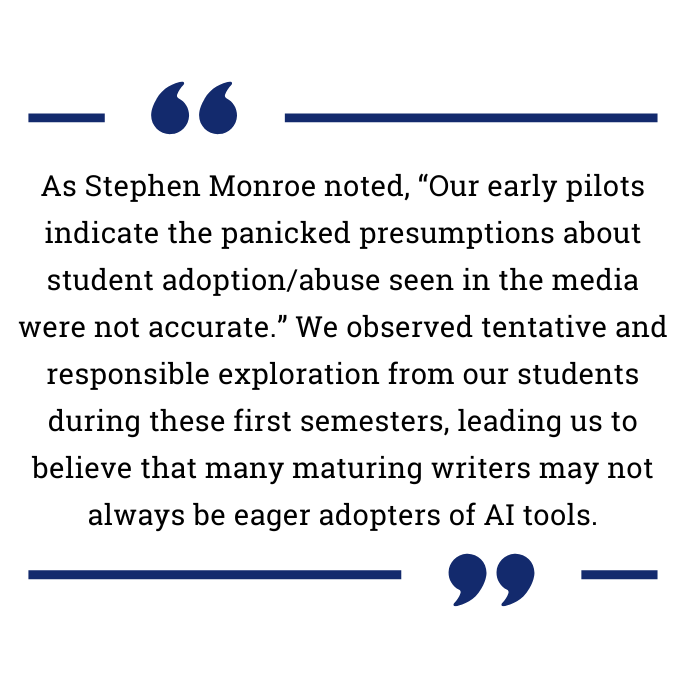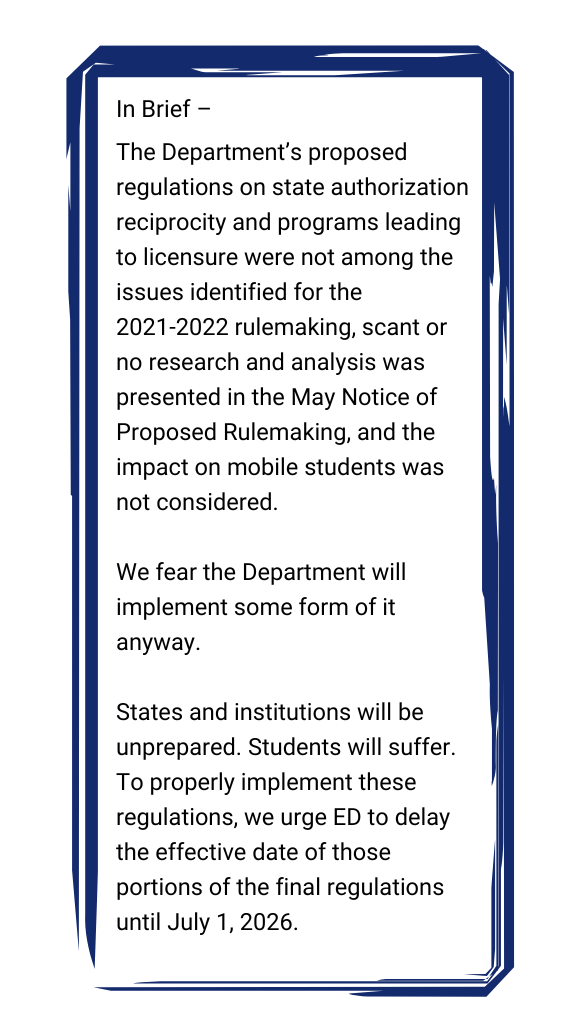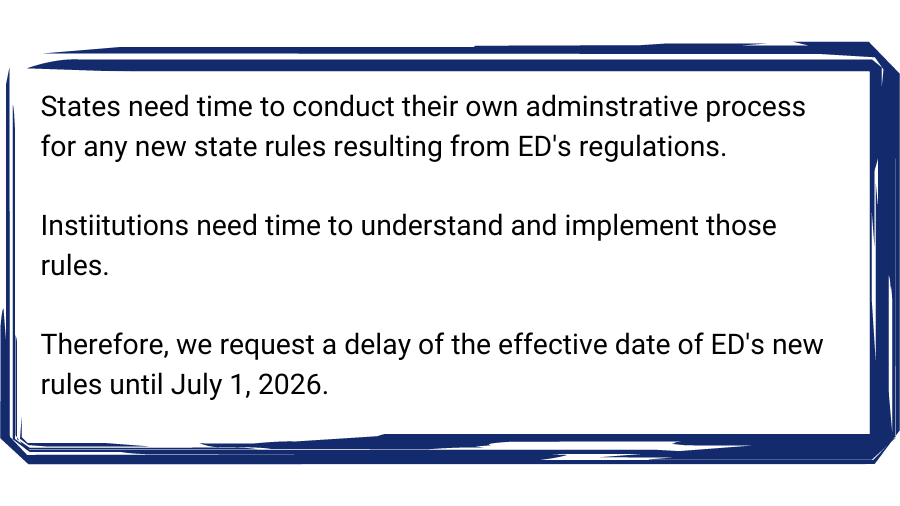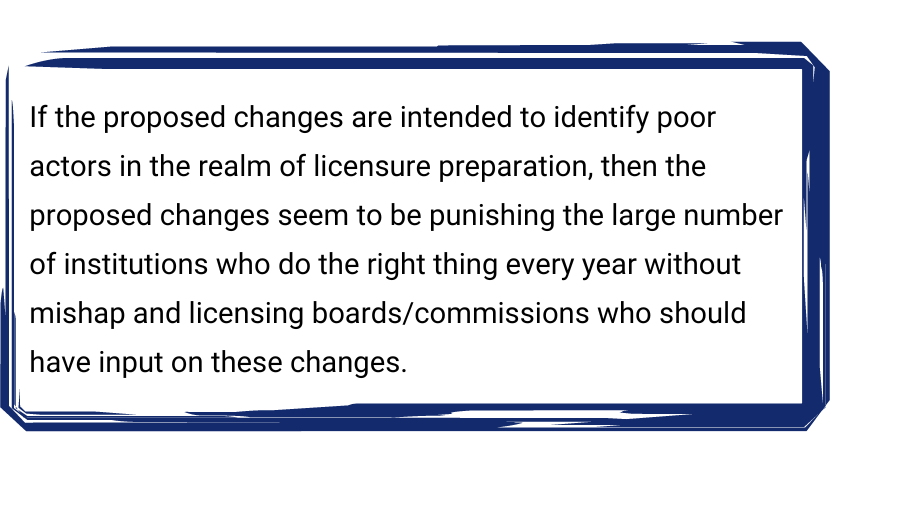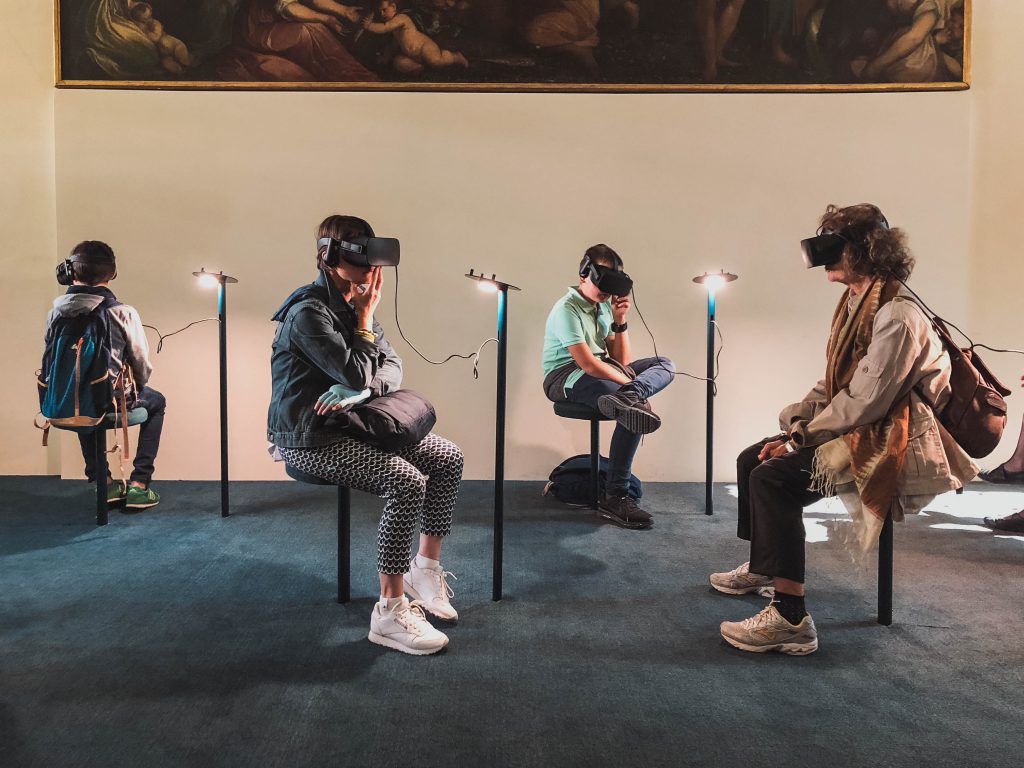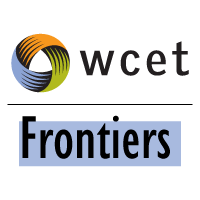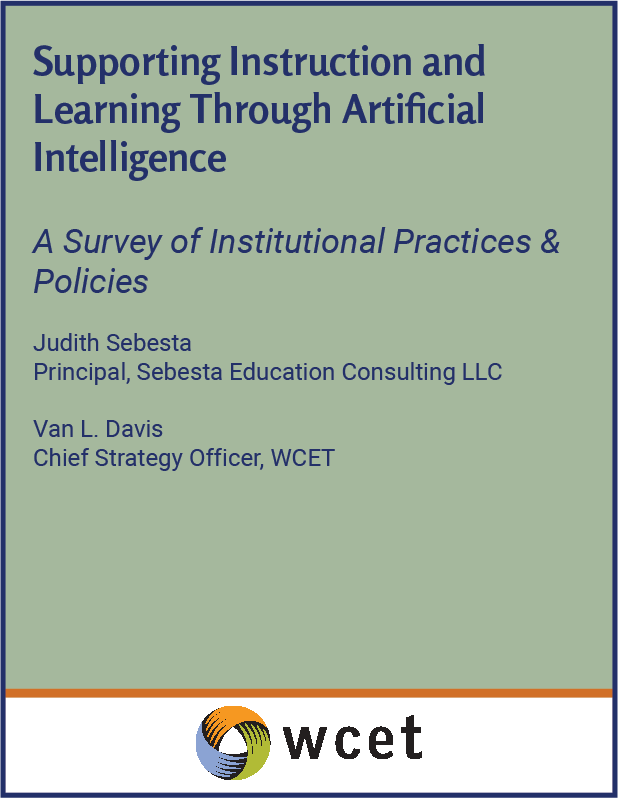National HBCU Week, a White House initiative to gather HBCU representatives, federal agencies, and supporting organizations, kicked off this week in Arlington, Virginia. The theme this year is “Raising the Bar: Forging Excellence through Innovation & Leadership.” Prior to the amazing discussion I had that I’m going to share with you today, I misunderstood what this specific HBCU Week was about. While I am a bit disheartened with myself for not knowing more about this annual conference, it did seem like a good week to share this interview write up.
A few years ago, WCET staff collaborated to redefine the mission, vision, and values of WCET. When we started this effort, I had worked at WCET for around four years. I felt like I had a good grasp of my role and was excited about growth opportunities to continue to explore the how’s and what’s of quality digital learning.
Of course, then the pandemic came along, and we all pivoted in a variety of different ways. Not only did the landscape of higher education change, but many of us changed jobs, homes, roles, and even our expectations for how our life worked on a day-to-day basis. My role has shifted a bit and is different than what I would have thought back in 2020. And while our stated goals here at WCET are not substantially different from what this Cooperative has endeavored toward throughout its history, I do feel that the focus and scope of those goals have narrowed in exciting ways.
A Turning Point
Both due to the spotlight the pandemic set upon the digital divide and our work through Every Learner Everywhere, the entire WCET staff improved the mission, vision, and values of WCET to be more centered around equity. From 2020 on we engaged in educational, professional, and personal development on diversity and equity. This included reviewing resources and materials, working with other educators, and having some hard but exceptional discussions between team members.
This year, when our team met for our annual in-person staff meeting (did you know more than half of WCET staff now work remotely from ALL OVER the U.S.?) we all said the same thing – we’ve learned a lot and it’s been great, but now it’s time to do something about what we’ve learned.
So, we are. We have been re-tooling our resources, papers, articles, reports, projects, etc., to ensure equity and accessibility are at the core of everything we do. We want (and have started) to reach out to minority-serving institutions and organizations to make connections, engage them with our community, and, most excitingly, shine a light on the promising practices that make a difference for the students who need our help the most.
If this introduction was TLDR… we added equity to our mission and we’re following through.
One of my favorite aspects of my role is working with our guest authors and staff to write content for WCET Frontiers, especially when the posts highlight the work going on in the higher education and digital learning communities. When we thought about “who is doing equity in digital learning well” we thought specifically about minority serving institutions such as Tribal Colleges and Universities (TCUs), Historically Black Colleges and Universities (HBCUs), and Hispanic Serving Institutions (HSIs). We wondered: how do these institutions support their specific students, faculty, staff, and community in ways that make them all more successful? And can we work with those institutions, learn from them, and help other institutions serve minoritized students in similar ways?
Connecting with UNCF
UNCF (the United Negro College Fund) is a nonprofit connecting and supporting Historically Black Colleges and Universities – or HBCUs – through advocacy, funding, and professional development. UNCF provides a substantial amount of scholarship funds to Black students every year and even has a program for helping students facing emergency situations that might disrupt their degree program. The 79-year-old organization ensures HBCUs and their students have the resources to thrive. UNCF seemed to be the ideal organization to connect with to begin our journey to learn more about successful digital learning equity initiatives. Once connected, I had the pleasure to interview Julian Thompson, Senior Director of Strategy Development for UNCF’s Institute for Capacity Building (ICB).
UNCF founded ICB in 2006 to, in Julian’s words, “work on strategies that help HBCUs achieve long-term resilience and sustainability.” A critical goal for ICB is to identify initiatives and strategies for HBCUs to partner and learn from each other. Julian wants to help these institutions “achieve more together than what any of them could possibly achieve on their own.” The transition to remote learning due to the pandemic was also a significant moment for HBCUs – when only around 25% of HBCUs had online degree programs, compared to 55% of other institutions. As they reviewed the challenges HBCUs face when it comes to digital learning, ICB realized that there was no technology that truly fit into the HBCU method of educating students. And that method contributes significantly to the extraordinary results for Black students, especially those who are first generation and lower income. ICB had an opportunity to build an online learning system by and for HBCUs.
Thriving with HBCUv
The result of that opportunity was HBCUv – “a virtual ecosystem where the entire HBCU community can flourish together.”
ICB hoped to create a system with involvement of HBCUs, including platform development, strategy sharing, course sharing, knowledge sharing, etc. One of the guiding tactics for the project was to help HBCUs acquire and own more assets – such as tools, practices, technologies, approaches, etc.
The project began to take shape in spring/summer 2020. An important element of any higher education project is leadership buy-in and support, and that wasn’t any different here. ICB recruited nice institutions to serve as steering committee members. The representatives from each institution met with ICB multiple times a week, engaged with design and technology companies, and helped establish the vision of HBCUv. The work also included over 3,300 hours of research including focus groups, surveys, ethnographic studies and other methods to uncover the question of digital solutions, student success, and technology use on HBCU campuses. The question – what formal and informal learning experiences help HBCU students stay engaged and successful?
The Virtual Yard
One of the most significant conclusions of the big research effort was the importance of “The Yard.”
This term refers to a space of convening and collaboration on an HBCU campus. Julian advised that if you think about it, most full-time students are only in a classroom about 2 – 3 hours a day. The rest of those hours are spent on campus, with friends, in residence halls or other housing.
And that time spent outside the classroom has an important impact on their learning experience. ICB had to think of a way to expose students to those meaningful learning experiences that happen outside the classroom, as well as the learning that takes place inside the classroom. The “little things that you can’t plan for or arrange.
Think about the time you ran into someone a few years ahead of you in your program and they became a bit of a role model for you. You are inspired by them. Just that one interaction or knowing that one person can significantly impact a student’s success.” HBCUv will replicate that experience with the “Virtual Yard.”
What’s Next for HBCUv?
At this point the team at ICB has identified the vendors that will create the technical side of HBCUv and a dual enrollment/transfer organization that will establish transferable coursework.
The platform will be finalized later this year and a pilot is launching in early 2024. They hope to have HBCUv fully up and running with the steering committee institutions by fall 2024, with other HBCUs to follow.
Julian, thank you for sharing HBCUv with WCET and we all wish you the best of luck with the pilot process! I’m hoping you and the team will join us again, after the pilot so we can check in on how it’s going!









